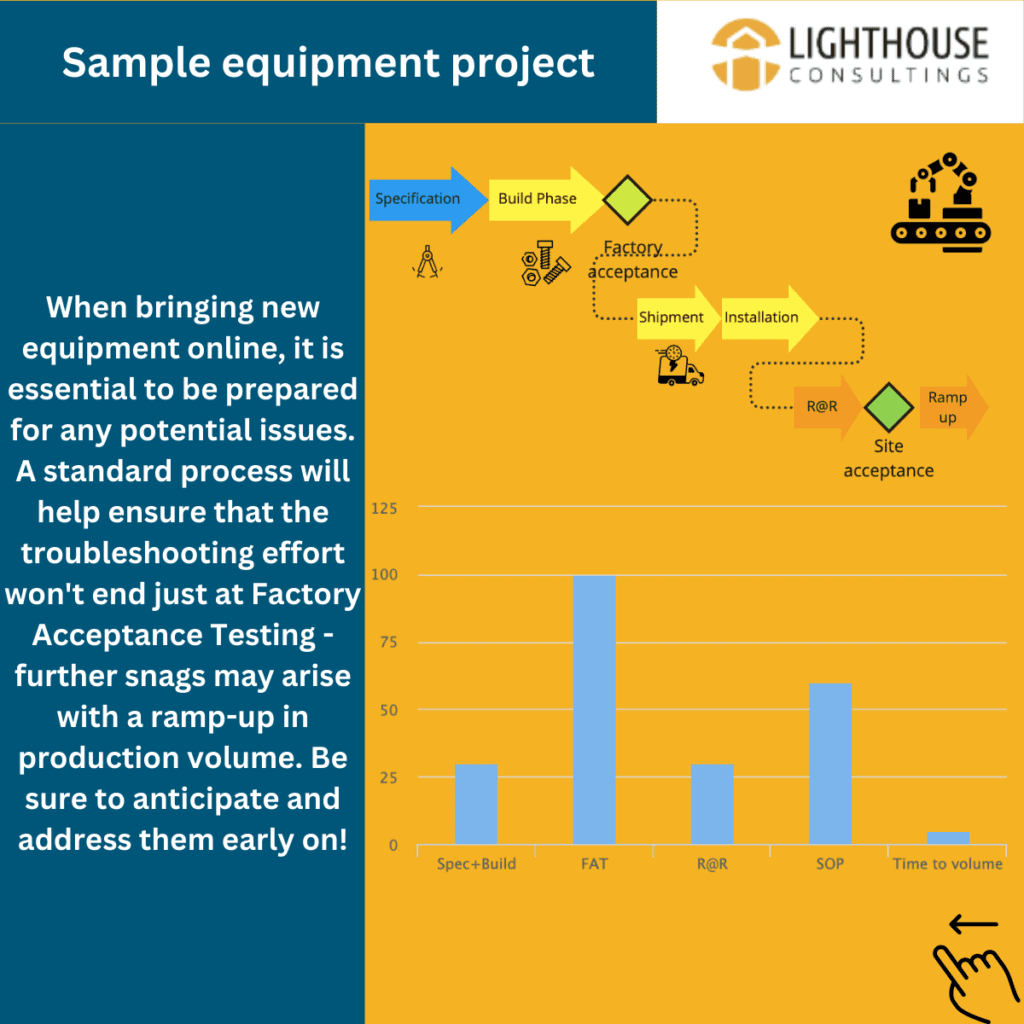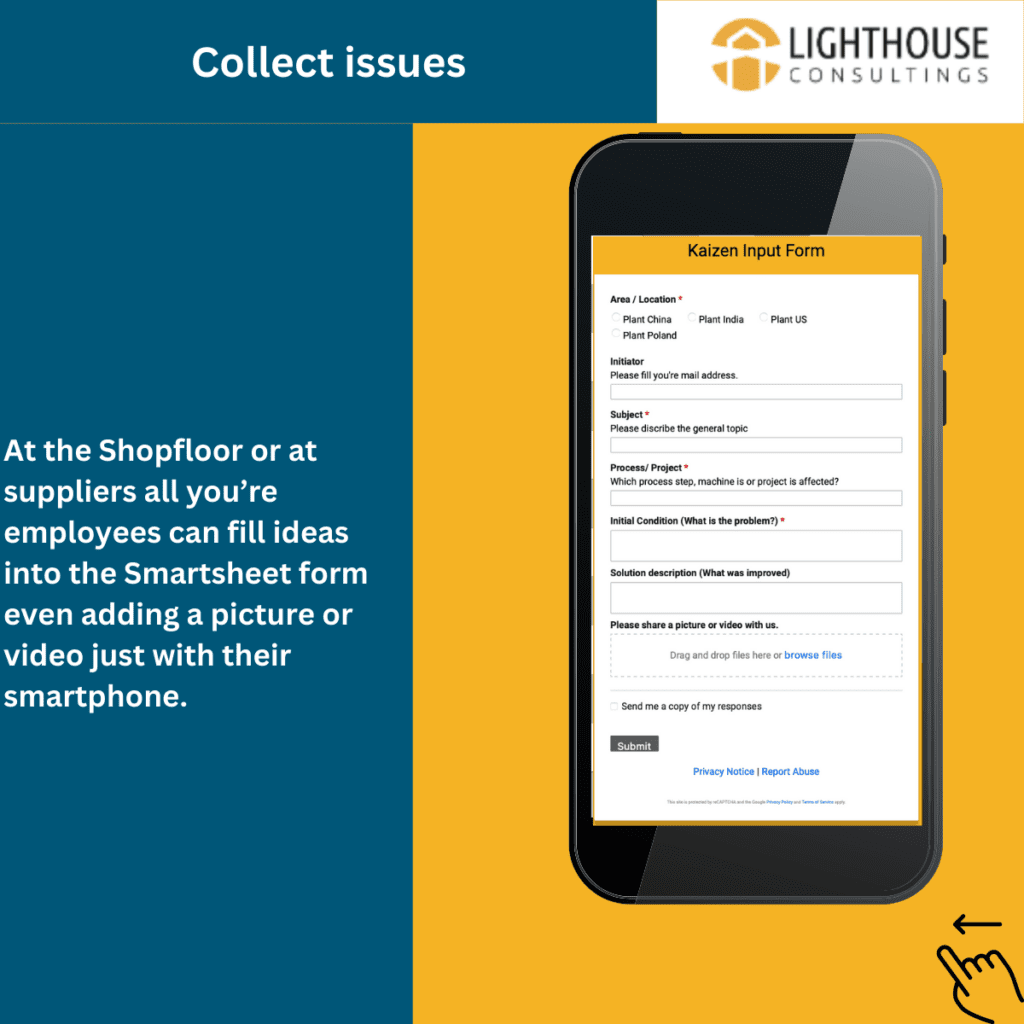Industrialization Projects: Key Lessons for Working with Machine and Equipment Suppliers
With over 25 years of experience running global projects, I’ve identified critical factors to keep in mind when partnering with machine and equipment suppliers on industrialization projects. These tips are especially important for large-scale projects with investments of up to 100 million € or more, where specifications of assembly lines can span 1000 pages and.
To optimize your project’s success, consider the following:
- Define the right KPIs: Beyond technical specifications, prioritize machine availability and target set-up time, which should correspond to the number of variants you need to produce. Quick change-over cycle times are also crucial.
- Special processes for complex assembly lines: Plan for options to bypass or backup equipment, such as in the event of a robot breakdown. Implement a quick change-over concept for key components.
- Lean criteria: Include this requirement in the specification as many machine suppliers don’t focus on aligning a line according to lean criteria. Factors to consider include the productivity of employees and the number of employees who can stand in a production cell. Also, include premises investigation into Ushare, Ishape, and carton simulation in the quotation.
- Resource allocation during installation: Ensure that the supplier provides a sufficient team with a special focus on PLC programmers, as this can be a bottleneck during launches.
- Prepare enough try-out parts for FAT and SAT, and consider a 2-day, 3-shift capacity prove as a final step. This may cost extra but can save resources during ramp-up.
- Reduce administration and streamline partnership project management: Generate simple workflows that can be shared between companies to avoid wasting time on administrative tasks. Display project status via simple workflows, which inform colleagues and partners or enable them to follow them. This saves resources, stress, and allows important engineers to concentrate on the production launch.
By implementing these tips, you can optimize your project’s success and ensure a smooth launch.








